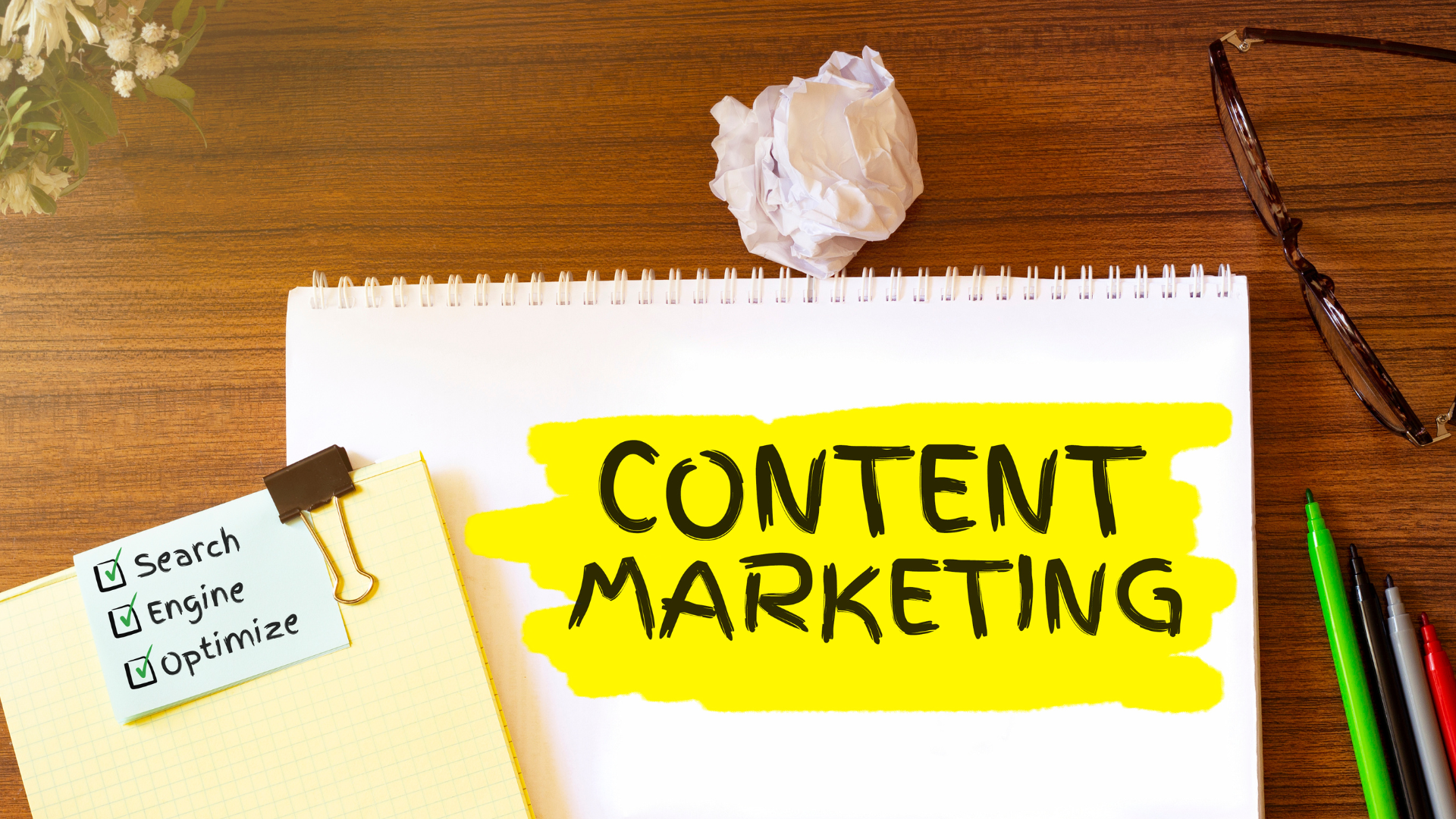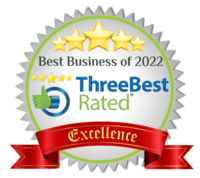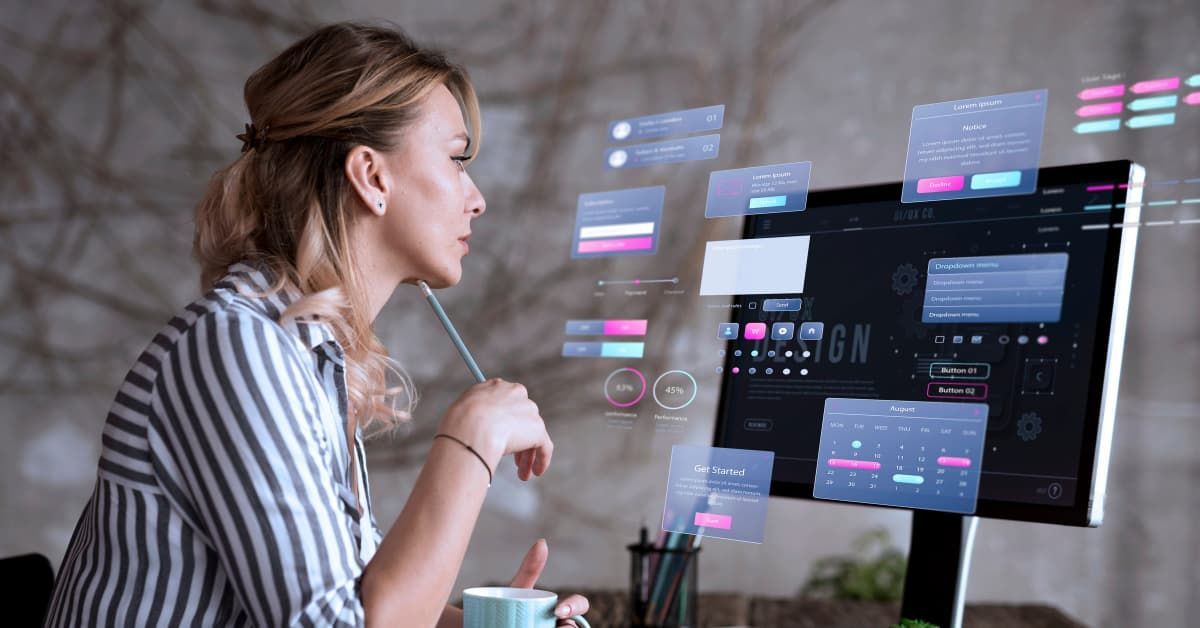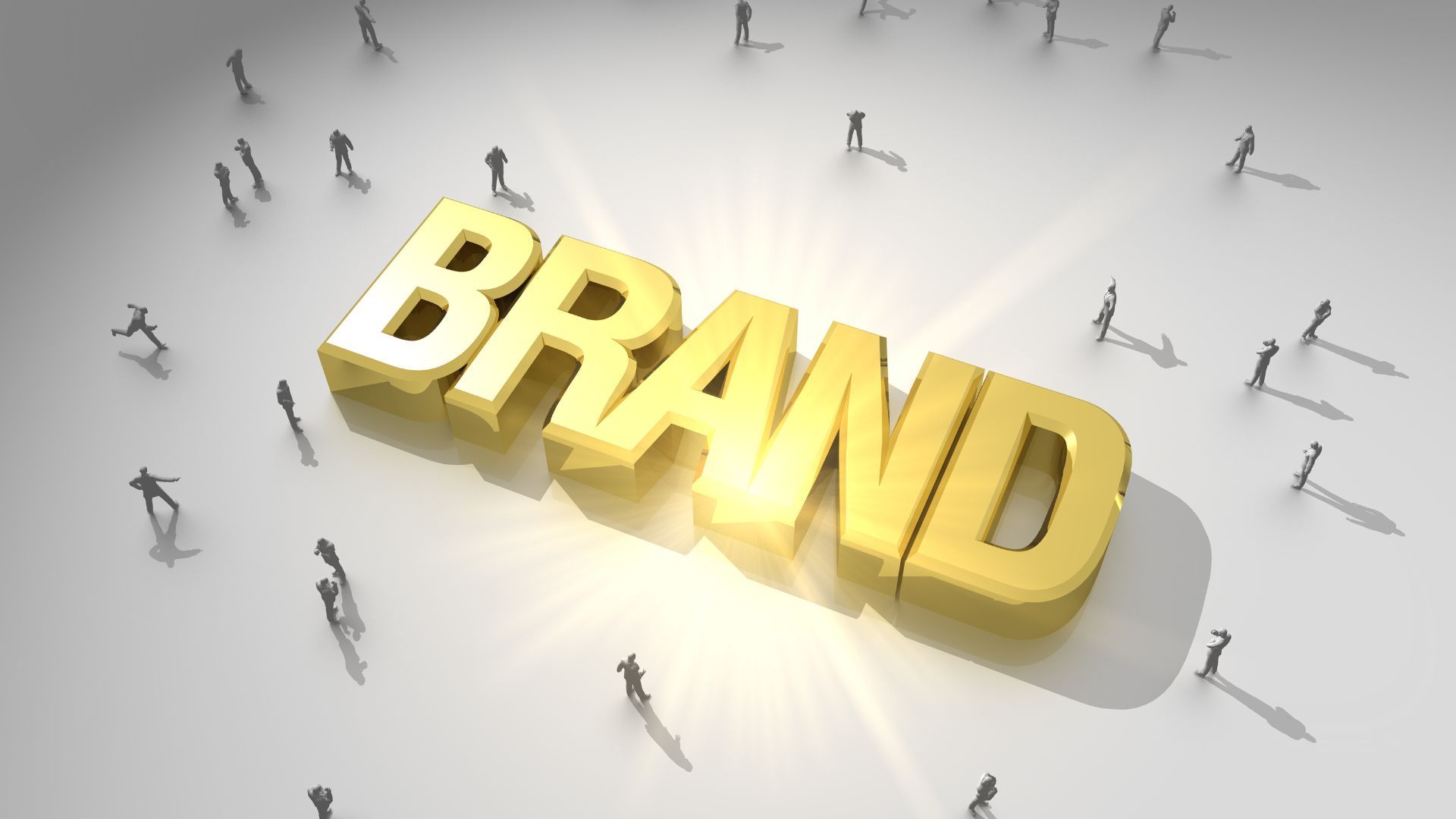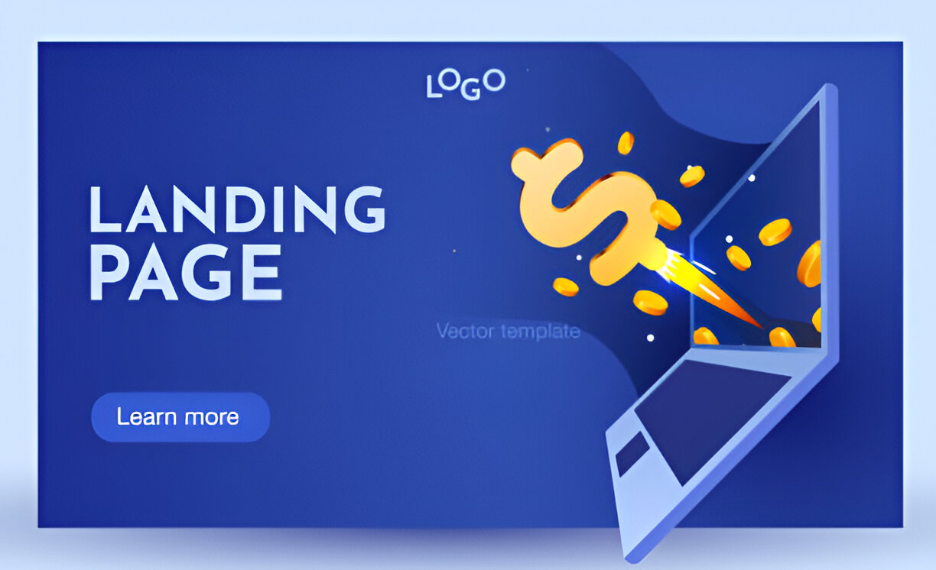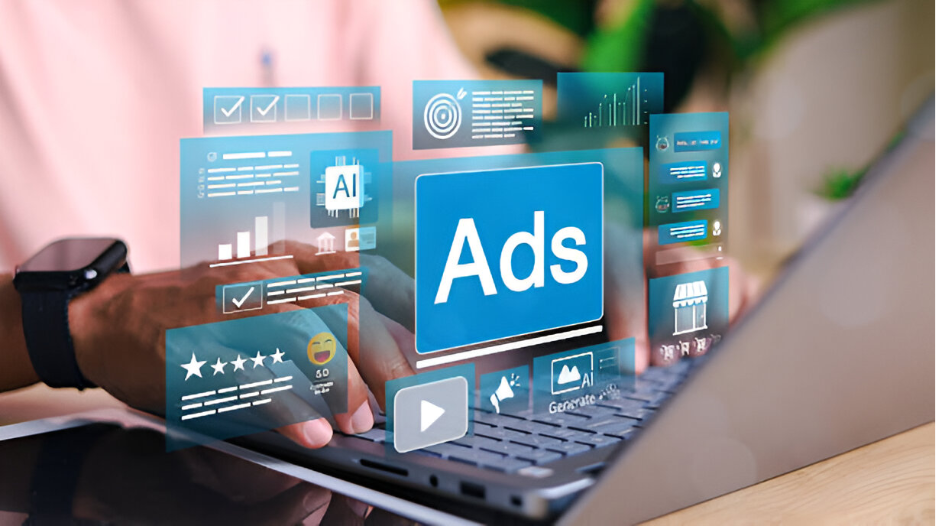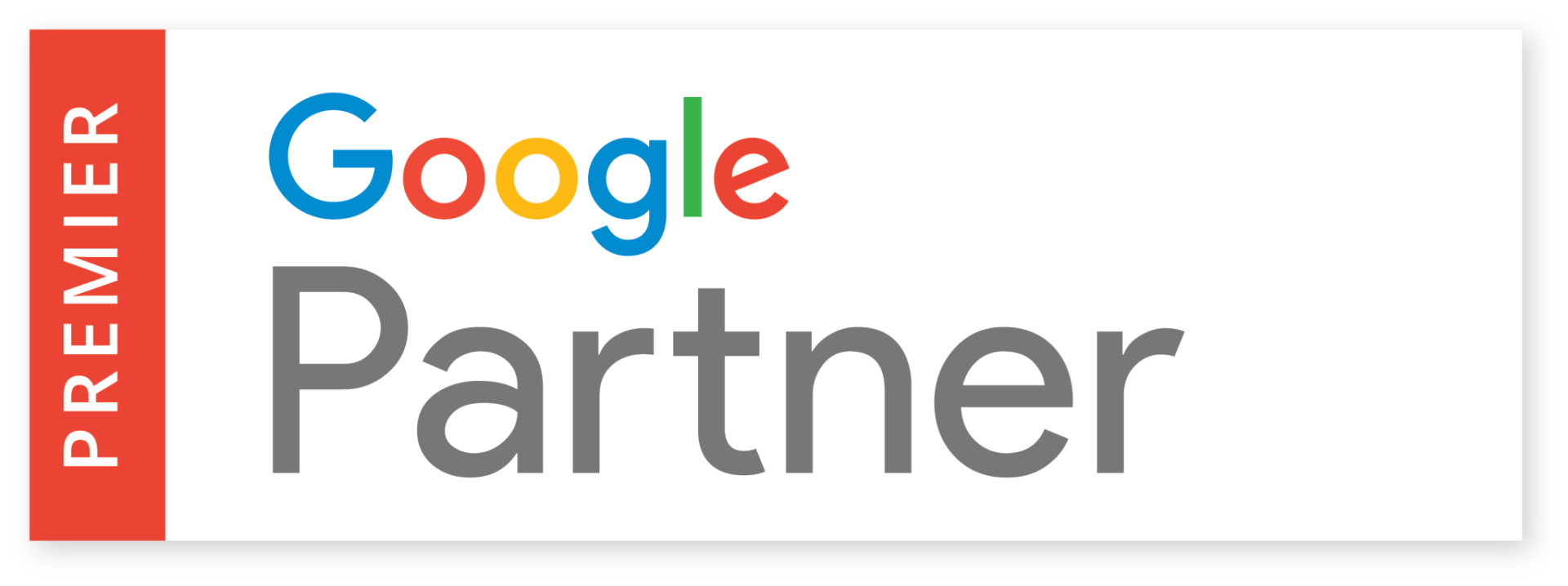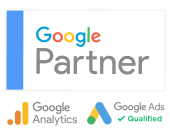Mastering Performance Marketing With LevelUp Agency Strategies
Mastering Performance Marketing Strategies with LevelUp Agency for Maximum ROI

Performance marketing focuses on measurable advertising outcomes where spend is tied directly to conversions, customer acquisition, or revenue, and this guide explains how tactical channels and optimization processes produce sustained ROI. You will learn core strategies—PPC, paid social, SEO, CRO, and mobile-first site design—and how they interrelate to lower cost-per-acquisition and increase lifetime value. Many marketers struggle with fragmented measurement, high CPCs, and poor landing page conversion; this article offers practical, tactical steps to address those pain points using modern attribution, daily optimization routines, and conversion-focused design.
The guide maps key performance indicators, optimization playbooks, channel-specific tactics (AI-driven optimization and first-party data activation), and an implementation roadmap to start or scale campaigns. Keywords like performance marketing agency, PPC campaign optimization, paid social advertising best practices, mobile-first CRO, and marketing analytics agency are integrated to aid semantic relevance and practical adoption.
What Are the Core Performance Marketing Strategies Used by LevelUp Agency?
Core performance marketing strategies are focused, measurable approaches that connect paid media to conversion outcomes by aligning creative, targeting, and landing experience. These strategies work because they close the loop between acquisition channels and on-site behavior, enabling iterative improvements in CPA and ROAS. The primary pillars include paid search for intent capture, paid social for audience scaling, technical and content SEO to lower long-term acquisition cost, conversion rate optimization to raise on-site efficiency, and mobile-first website design to capture mobile users. Each pillar contributes distinct value—search delivers high-intent clicks, social builds demand, SEO supplies qualified organic traffic, CRO increases conversion yield, and site design ensures users convert.
This list highlights practical tactics under each pillar and shows how they combine to generate measurable ROI; next, we break down PPC optimizations used to improve campaign outcomes.
LevelUp Agency applies an integrated suite—PPC Marketing, Paid Social, SEO, Conversion Rate Optimization, and Website Design and Development—as examples of how these strategies are implemented in an agency setting to drive results.
How Does LevelUp Agency Optimize PPC Campaigns for Better Results?
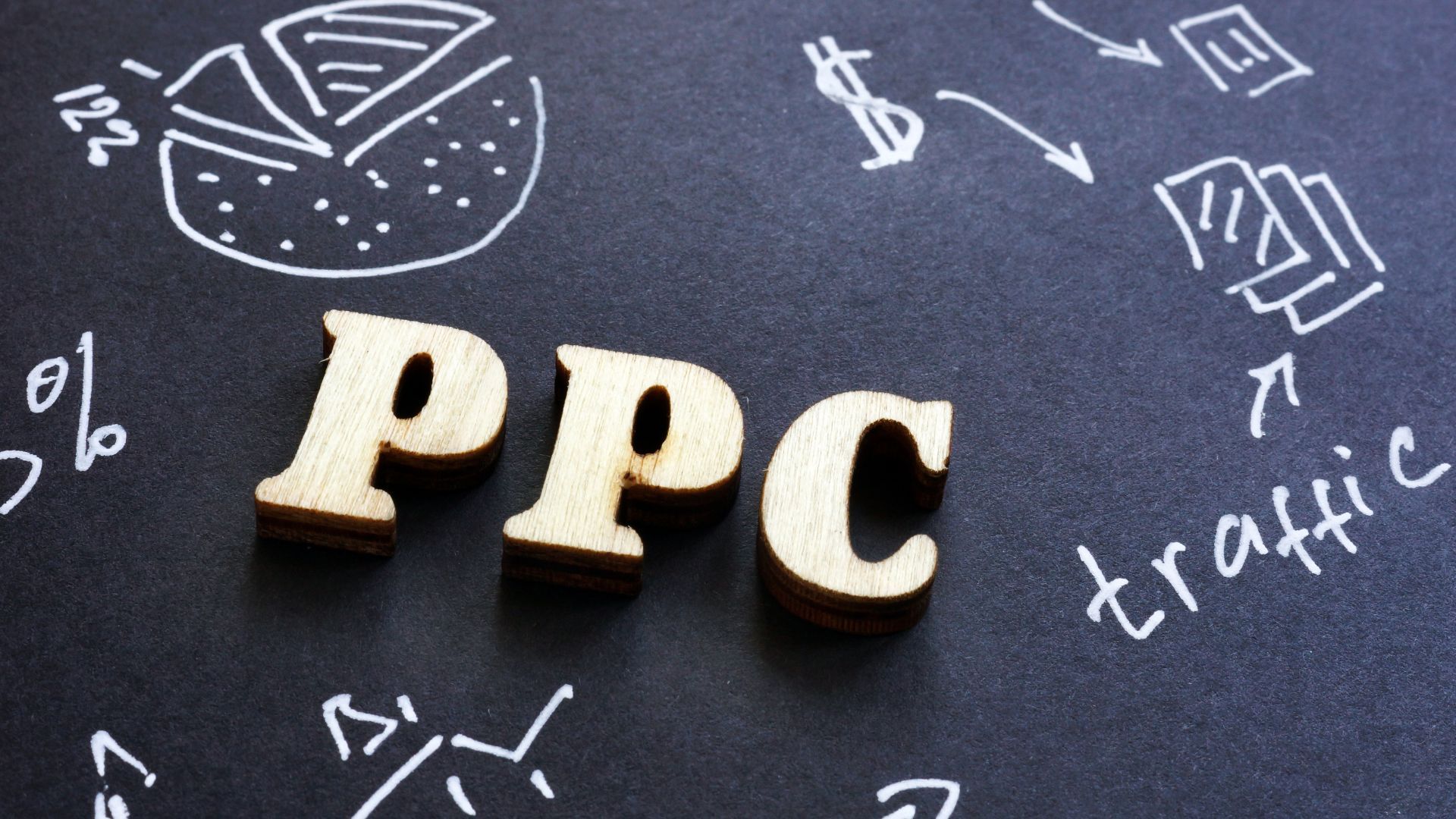
PPC campaign optimization focuses on keyword selection, bid control, ad relevance, and landing page alignment to improve click quality and lower CPA. Daily tasks include pruning non-converting keywords, applying negative keywords, adjusting bids by device and audience, and testing ad copy variations to improve Quality Score and CTR. Automation rules and scripts can pause or scale segments based on performance thresholds, while landing page A/B tests ensure paid clicks convert once they arrive. Monitoring conversion lag and aligning bids to actual conversion value keeps spend efficient and focused on revenue-driving queries.
What Paid Social Media Techniques Drive Higher Engagement and Conversions?
Paid social techniques center on creative testing, audience layering, and conversion-focused funnels that guide users from awareness to purchase. Creative formats emphasize short-form video, dynamic creative, and contextual hooks that perform in social feeds, while audience strategies combine first-party data segments with lookalikes and contextual interests to preserve privacy and targeting precision. Retargeting sequences prioritize page visitors and partial converters with progressively stronger CTAs and social proof to drive conversion lift. Regular creative refreshes and cadence testing prevent ad fatigue and improve engagement rates over time.
How Is SEO Integrated to Boost Performance Marketing Outcomes?
SEO integration supports paid channels by reducing reliance on high-cost bids through organic visibility and by improving landing page quality for better Quality Score and user experience. Technical fixes—site speed optimization, indexability checks, schema implementation—lower bounce and improve crawl efficiency, while content alignment ensures paid keywords map to high-converting organic landing content. Local SEO and intent-based landing pages capture relevant demand for nearby and transactional queries, which also reduces paid media friction. This combined approach increases overall channel efficiency and furthers long-term acquisition stability.
What Conversion Rate Optimization Tactics Does LevelUp Agency Employ?
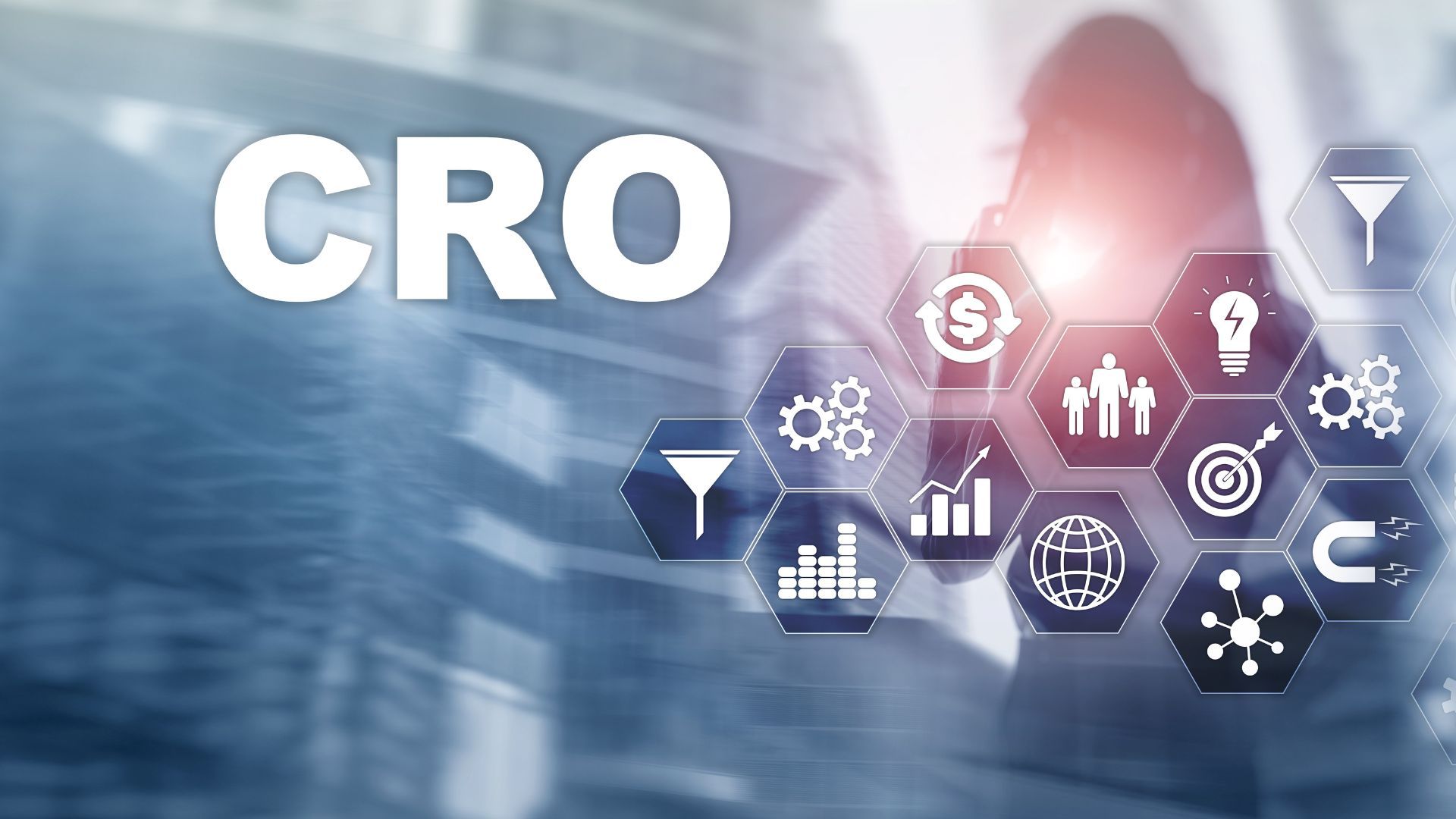
CRO tactics prioritize hypothesis-driven experiments, mobile-first UX, and behavioral analytics to incrementally raise conversion rates and reduce acquisition waste. Win-focused actions include form simplification, CTA clarity, value proposition testing, and social proof placement, all validated via A/B or multivariate tests. Behavioral tools like heatmaps and session recordings reveal friction points and inform test hypotheses that target high-impact page elements. A continuous experimentation program creates compounding gains by increasing conversion rate, which translates directly into lower CPA and stronger campaign ROI.
The effectiveness of CRO is often demonstrated through case studies that highlight significant gains in conversion rates.
How Does LevelUp Agency Measure and Maximize ROI in Performance Marketing?
Measuring and maximizing ROI requires defining clear KPIs, choosing suitable attribution models, and using consolidated reporting to inform optimization decisions. The measurement framework ties ad spend to downstream outcomes—CPA, ROAS, CLTV—so teams can prioritize channels that contribute most to profitability. Consistent reporting cadence (weekly checks, monthly deep dives) with dashboards that combine ad platform metrics and analytics data enables rapid hypothesis testing and budget reallocation. Aggregated approaches and privacy-aware measurement preserve signal while complying with modern data constraints, which is essential for accurate ROI.
Key performance indicators and their roles are summarized below to guide tracking and optimization priorities.
- Return on Ad Spend (ROAS): Measures revenue generated per ad dollar spent.
- Cost per Acquisition (CPA): Tracks the cost to acquire a paying customer or lead.
- Conversion Rate: Percentage of visitors who complete a desired action.
- Customer Acquisition Cost (CAC): Total sales/marketing cost per new customer.
- Customer Lifetime Value (CLTV): Projected revenue from a customer over time.
These KPIs form the backbone of decision-making; selecting the right attribution model follows to properly allocate credit across channels.
This table compares common KPIs and their measurement role.
| Metric | Definition | Optimization Focus |
|---|---|---|
| ROAS | Revenue / Ad Spend | Increase revenue per spend with better targeting and creatives |
| CPA | Ad Spend / Conversions | Lower cost by improving targeting and conversion rates |
| Conversion Rate | Conversions / Clicks | Improve landing experience and messaging |
| CAC | Total Spend / New Customers | Optimize channels and lifetime value alignment |
| CLTV | Projected Customer Revenue | Inform bid strategies and long-term channel investment |
This KPI comparison emphasizes balancing short-term acquisition metrics with longer-term value to maximize ROI.
What Key Performance Indicators Are Essential for Tracking Success?
Essential KPIs are those that connect channel activity to business outcomes and guide optimization choices in real time. ROI and ROAS link spend to revenue, CPA and CAC reflect acquisition efficiency, conversion rate measures on-site effectiveness, and CLTV informs sustainable bid strategies. Benchmarks vary by industry, but tracking percent changes and trends is more important than absolute numbers when testing. Prioritizing primary KPIs by campaign goal—awareness (engagement/CPM), consideration (CPC/CTR), conversion (CPA/ROAS)—ensures clarity in optimization.
Continuously reviewing these KPIs drives targeted experiments and budget shifts; next, we compare attribution models to understand channel impact.
How Are Attribution Models Used to Understand Campaign Impact?
Attribution models assign credit for conversions across touchpoints, with common options including last-click, first-click, linear, position-based, and data-driven models. Last-click simplifies reporting but undervalues upper-funnel channels; linear gives equal weight to each touch; position-based emphasizes first and last interaction. Data-driven attribution, where available, uses actual conversion paths to distribute credit and often improves media mix decisions. In privacy-focused environments, aggregated and modeled attribution using first-party data and probabilistic approaches preserves insight while respecting user privacy.
The complexity and effectiveness of attribution models are a significant area of research and development in performance marketing.
Selecting the right model depends on sales cycle complexity and the degree to which upper-funnel channels influence outcomes; the next section covers tools to operationalize attribution. This table shows attribution model trade-offs.
| Attribution Model | Characteristic | When to Use |
|---|---|---|
| Last-click | Simple, conservative credit | Short sales cycles with clear intent |
| Linear | Equal credit across touchpoints | Multi-touch nurture with even influence |
| Position-based | Emphasizes first & last | When first impression and conversion are key |
| Data-driven | Uses actual path data | Complex funnels with sufficient data volume |
What Reporting and Analytics Tools Support Data-Driven Decisions?
Reporting and analytics rely on ad platform reports, web analytics, and BI dashboards to synthesize signals into actionable insights. Key tools include ad platform native reports for granular audience and creative performance, analytics platforms for on-site behavior, and BI tools for cross-channel consolidation and custom dashboards. Recommended dashboard components are spend, impressions, clicks, conversions, CPA, ROAS, and trend visualizations for week-over-week changes.
A disciplined cadence—daily automated alerts, weekly performance reviews, and monthly strategic analysis—ensures teams act quickly on signal shifts and maintain focus on ROI.
Dashboards should be tailored to stakeholders with clear thresholds for action; the following EAV table summarizes KPI-to-tool mapping.
| Channel/Metric | Reporting Attribute | Typical Tool |
|---|---|---|
| PPC / CPA | Conversion cost, ROAS | Ad platform & analytics |
| Paid Social / ROAS | Audience performance by creative | Platform reports & BI |
| Organic / Traffic | Keyword landing performance | Analytics & SEO tools |
| Site / Conversion Rate | Funnel drop-offs, heatmaps | Analytics & behavioral tools |
Which Paid Media Optimization Techniques Does LevelUp Agency Use to Lower Costs and Increase Leads?
Paid media optimization techniques focus on rapid feedback loops—daily checks, creative iteration, audience refinement—to reduce CPC/CPA and increase qualified lead volume. These tactics work because they continuously eliminate waste, surface high-performing segments, and match creative to intent across the funnel. Core methods include automated bidding rules tied to conversion signals, routine creative testing with rapid turnarounds, audience layering to combine first-party segments with contextual signals, and display retargeting to nurture prospects. Display and upper-funnel tactics expand reach while search and retargeting capture conversions, creating a balanced, lower-cost acquisition mix.
Below is a practical list of paid media optimization tactics and how they impact performance.
- Daily optimization rules: Pause non-performers and reallocate budget to winners.
- Creative rotation and testing: Maintain relevance and reduce ad fatigue.
- Audience layering: Combine first-party segments with lookalikes for precision.
- Retargeting funnels: Move users toward conversion with sequenced messaging.
These tactics reduce wasted spend and improve lead quality, and the EAV table that follows compares tactics to expected impacts.
| Tactic | Optimization Tactic | Expected Impact |
|---|---|---|
| Daily bid rules | Automated bid adjustments | Lower CPC and stabilize CPA |
| Audience layering | Combine signals and segments | Higher relevance, improved conversion rate |
| Creative testing | Rotate ads and A/B test formats | Increased CTR and engagement |
| Retargeting sequences | Frequency and message sequencing | Higher RPS (revenue-per-site-visitor) |
The strategic use of first-party data is increasingly vital for maintaining effective targeting and improving key metrics like CPA and CTR.
How Does Daily PPC Campaign Optimization Improve Cost-Per-Click?
Daily PPC optimization narrows focus to high-performing search terms and audiences and eliminates low-value spend quickly, which reduces CPC and CPA. Typical daily actions include reviewing search query reports to add negatives, monitoring CTR and conversion rates by ad group, and adjusting bids for device, location, or time-of-day performance shifts. Automations can enforce thresholds—pause keywords with zero conversions and raise bids on high-ROAS segments—allowing human strategists to concentrate on creative and landing page alignment. This disciplined cadence reduces wasted impressions and keeps campaigns responsive to market shifts.
What Are the Best Practices for Paid Social Advertising in ?
Paid social best practices emphasize short-form video creative, first-party data activation, privacy-safe audience strategies, and testing at scale to find winning combinations. Creative should be tailored for rapid attention capture, with captions, hooks, and product-focused CTAs optimized for mute autoplay environments. Audience approaches favor onboarded CRM segments and hashed identifiers to build lookalikes while preserving privacy, and measurement relies on modeled conversions and aggregated signals. Regular creative refresh, clear conversion events, and cross-platform sequencing deliver stronger performance.
How Does Display Advertising Complement Performance Marketing Efforts?
Display advertising complements search and social by creating upper-funnel awareness, enabling contextual prospecting, and powering retargeting sequences that remind and convert previous visitors. Prospecting uses contextual or audience-based display to feed the funnel, while retargeting applies creative sequencing to re-engage users who showed interest but did not convert. Frequency caps, tailored creatives, and contextual placements prevent wasted impressions and keep CPM-efficient channels in balance with conversion-focused spend. Measured properly, display exposure contributes to downstream conversions and improves paid search and social efficiency.
Why Choose LevelUp Agency as Your Conversion Rate Optimization Agency?
Choosing a CRO partner depends on a methodical process that combines data, experimentation, and mobile-first design to lift on-site conversion rates and improve paid media efficiency. Effective CRO works by removing friction, improving relevance, and delivering faster paths to conversion through iterative testing and prioritized fixes. LevelUp Agency emphasizes mobile-first website design, A/B testing, and landing page optimization, and behavioral analytics to produce measurable lifts in conversion rates and lower acquisition costs. This approach integrates closely with paid media so that improved on-site performance translates directly into better campaign ROI.
Here are the core differentiators and expected outcomes to consider when evaluating CRO partners.
- Mobile-first Website Design: Ensures conversions on the device that dominates traffic.
- A/B Testing Framework: Hypothesis-driven tests that produce statistically valid lifts.
- Behavioral Analytics: Heatmaps and recordings inform prioritized experiments.
These differentiators show how focused CRO reduces acquisition cost and supports scalable paid media.
The table below maps CRO methods to typical outcomes.
| CRO Method | Typical Outcome | Sample Lift Expectation |
|---|---|---|
| A/B testing | Validated conversion improvements | 5–20% increase |
| Mobile-first UX | Reduced drop-off rates | 10–30% improvement on mobile |
| Heatmaps & recordings | Identified friction points | Faster hypothesis generation |
What Unique CRO Approaches Does LevelUp Use for Mobile-First Websites?
Mobile-first CRO emphasizes speed, simplified interactions, and adaptive layouts tailored to mobile user behavior to increase mobile conversions. Key actions include prioritizing above-the-fold content, reducing form fields, using input-optimized form types, and ensuring fast time-to-interactive to prevent abandonment. Core Web Vitals improvements—like reducing CLS and improving LCP—directly impact conversion by preserving user attention. Mobile-specific A/B tests examine tap targets, sticky CTAs, and progressive disclosure to determine which patterns yield lift on smaller screens.
These mobile optimizations feed back into paid media decisions, as higher mobile conversion rates permit more aggressive bidding on mobile traffic.
How Do A/B Testing and Landing Page Optimization Drive Lead Generation?
A/B testing and landing page optimization increase lead generation by isolating changes that improve user intent fulfillment and removing friction from the conversion funnel. The workflow begins with hypothesis creation, defining success metrics, determining sample size, running tests, and interpreting results to iterate on winners. Landing page elements—headline, hero image, CTA, form length, and trust signals—are prioritized by potential impact and traffic volume to ensure statistical validity. Properly executed, tests deliver measurable improvements in form completions and lead quality that scale across paid channels.
Iterative testing creates a catalog of winning page variations that reduce CPA and improve campaign ROI over time.
What Client Success Stories Demonstrate LevelUp’s CRO Impact?
Anonymized success snapshots demonstrate typical CRO-driven improvements such as increased conversion rate, lower CPA, and better lead quality after iterative testing and design changes. For example, a landing page redesign combined with form simplification and targeted A/B tests can produce a twofold increase in conversion rate and a commensurate drop in acquisition cost. Another common outcome is improved mobile conversion following speed and UX optimizations, which translates to higher ROAS when mobile bid strategies are scaled. These patterns underscore how CRO contributes directly to performance marketing efficiency.
These success signals validate the CRO process and show replicable tactics for other campaigns.
How Can Businesses Implement LevelUp Agency’s Digital Marketing Tactics for Sustainable Growth?
Implementing performance marketing tactics involves a structured roadmap: discovery and goal-setting, tracking and analytics setup, initial tests across channels, and iterative scale based on signal-driven wins. This process works because it sequences foundational measurement before spending and uses experiments to validate scalable strategies. Start with defining KPIs and conversion events, centralize analytics, run controlled tests for creatives and landing pages, and gradually shift budget to winning channels and audiences. Regular optimization cycles and clear reporting cadence ensure that gains are maintained and amplified over time.
For businesses seeking managed execution, LevelUp Agency’s Integrated Performance Marketing Services—combining PPC Marketing, Paid Social, SEO, CRO, and Website Design and Development—can operate as a partner option to run this roadmap and provide monthly reporting and dashboard-driven insights.
Follow these practical steps to start a program.
- Discovery & Goals: Define target KPIs and conversion criteria.
- Set up: Implement analytics, conversion tags, and dashboards.
- Initial Tests: Launch small-scale search, social, and landing experiments.
- Scale Winners: Reallocate budget to validated tactics and audiences.
These steps form a repeatable playbook that balances experimentation with scale; the final table summarizes onboarding phases and expected outcomes.
| Phase | Key Task | Outcome |
|---|---|---|
| Discovery | Goals, KPIs, audience mapping | Clear measurement plan |
| Setup | Tracking, dashboards, baseline tests | Reliable signal capture |
| Test | Creative and landing experiments | Validated winners |
| Scale | Budget reallocation and automation | Improved ROI and growth |
This roadmap provides a sustainable path to growth by linking measurement, optimization, and scale through iterative experimentation.
What Are the Steps to Start a Performance Marketing Campaign with LevelUp?
Starting a campaign begins with a concise onboarding checklist that ensures measurement and testing are prioritized before scale. First, conduct discovery to set goals and success metrics and map customer journeys. Second, implement tracking—conversion events, analytics, and dashboards—to capture unified signals. Third, launch pilot campaigns with controlled budgets across PPC and paid social to test creatives, audiences, and landing pages. Fourth, analyze early results, iterate on top performers, and scale incrementally to preserve ROI while growing volume.
Following this checklist reduces wasted spend and accelerates learning; next, we explain how continuous optimization supports growth.
How Does LevelUp Ensure Continuous Campaign Optimization and Growth?
Continuous optimization follows a cycle of measure → hypothesize → test → iterate, with regular stakeholder reviews and automated alerts for anomalies. Weekly operational checks address low-hanging issues, monthly experiment reviews synthesize learnings, and quarterly strategy sessions pivot audience and channel mix as needed. Automation and AI streamline bid management and creative testing, while human insight prioritizes high-impact experiments. This loop ensures campaigns adapt to market changes and compound performance improvements over time.
A disciplined optimization cadence prevents stagnation and sustains long-term growth.
What Future Trends in Performance Marketing Should Businesses Prepare For?
Businesses should prepare for AI-driven optimization, expanded first-party data strategies, privacy-centric measurement, and omnichannel integration led by short-form video and connected commerce. AI will augment creative testing and bidding, enabling faster discovery of winning ad permutations, while first-party data activation will become essential as third-party signals decline. Privacy-forward attribution and modeled measurement will replace some deterministic paths, requiring investment in analytics and experimentation to preserve insight. Omnichannel orchestration—coordinating search, social, display, and onsite experience—will drive cohesive customer journeys and better lifetime value.
Preparing for these trends requires investing in data capture, experimentation frameworks, and agile creative production to remain competitive in performance marketing environments.
